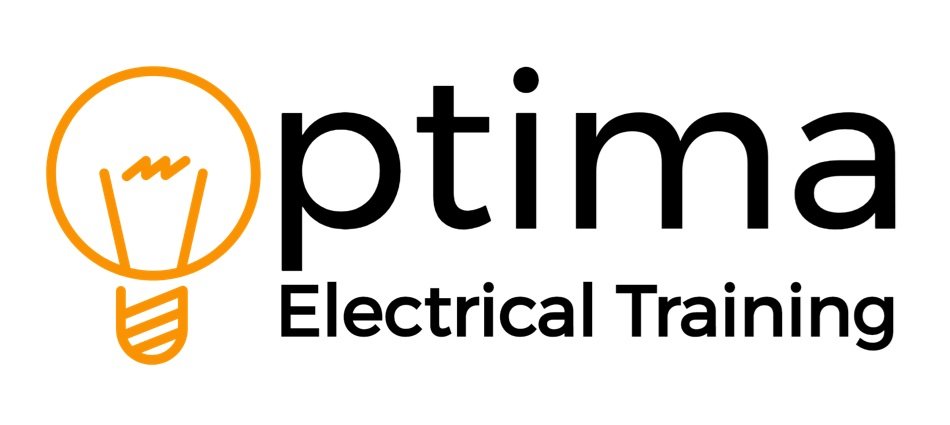Reforming the UK's Apprenticeship Levy: Next Steps for a More Flexible Future
The UK's 2017 Apprenticeship Levy is under scrutiny, with critics such as the BRC, Marks & Spencer, the New Statesman, and CIPD, uniting to condemn its inflexibility and inefficiency.
The consensus among industry leaders and policy analysts is that the Apprenticeship Levy's "use it or lose it" model has resulted in significant unspent funds, with the BRC highlighting over £130 million in potential retail investment lost annually. The system's inflexibility is seen as a barrier to funding shorter, high-quality courses and pre-employment programs that could otherwise facilitate broader access to apprenticeships and skills development.
Marks & Spencer's call for simplification and increased flexibility points to a broader industry challenge, with millions of levy funds going unused due to complex access mechanisms. The New Statesman further emphasizes the impact of these shortcomings on the UK's ability to close critical skills gaps, particularly in STEM fields, suggesting a profound effect on national productivity and growth. The CIPD's report indicates a worrying decline in employer investment in training alongside rising skill shortage vacancies, underscoring the urgency for reform.
Proposed Reforms
Transition to a Flexible Skills Levy: There is a strong push for the Apprenticeship Levy to evolve into a more flexible Skills Levy. This change would enable employers to invest in a wider array of training and development opportunities, including short courses and pre-employment training, thus making the system more responsive to the fast-changing skills demands of the UK economy.
Enhanced Support for SMEs: Small and medium-sized enterprises (SMEs) have been particularly disadvantaged by the current levy system. Future reforms should aim to increase accessibility and support for SMEs, ensuring they can fully participate in and benefit from the apprenticeship and skills development ecosystem.
Increased Funding Flexibility: Allowing businesses more freedom to reallocate unspent levy funds towards upskilling and reskilling initiatives could address the pressing skills shortages, particularly in digital and STEM areas. Such a move would not only fill critical skills gaps but also support the UK's broader economic growth and innovation ambitions.
Government and Sector Collaboration: Developing a coherent strategy for reform requires close collaboration between the government, industry bodies, and educational institutions. Together, these stakeholders can ensure that the reformed levy system aligns with the needs of the UK workforce and employers across sectors.
Next Steps
Immediate action is required to turn these proposals into reality. The government must engage in consultations with industry leaders, educational experts, and trade bodies to draft a comprehensive reform plan. Legislative changes to enact these reforms should be prioritized in the parliamentary agenda.
Simultaneously, pilot programs could test the proposed reforms' effectiveness in selected industries or regions, providing valuable insights and data to refine the approach before a nationwide rollout.
The call for Apprenticeship Levy reform is both loud and clear. As the UK seeks to navigate the post-pandemic economic landscape and address the challenges of a rapidly evolving global economy, creating a more flexible, inclusive, and effective training system is imperative. By taking decisive action now, the UK can ensure its workforce is equipped with the skills necessary for the future, fostering economic growth and enhancing competitiveness on the global stage.


